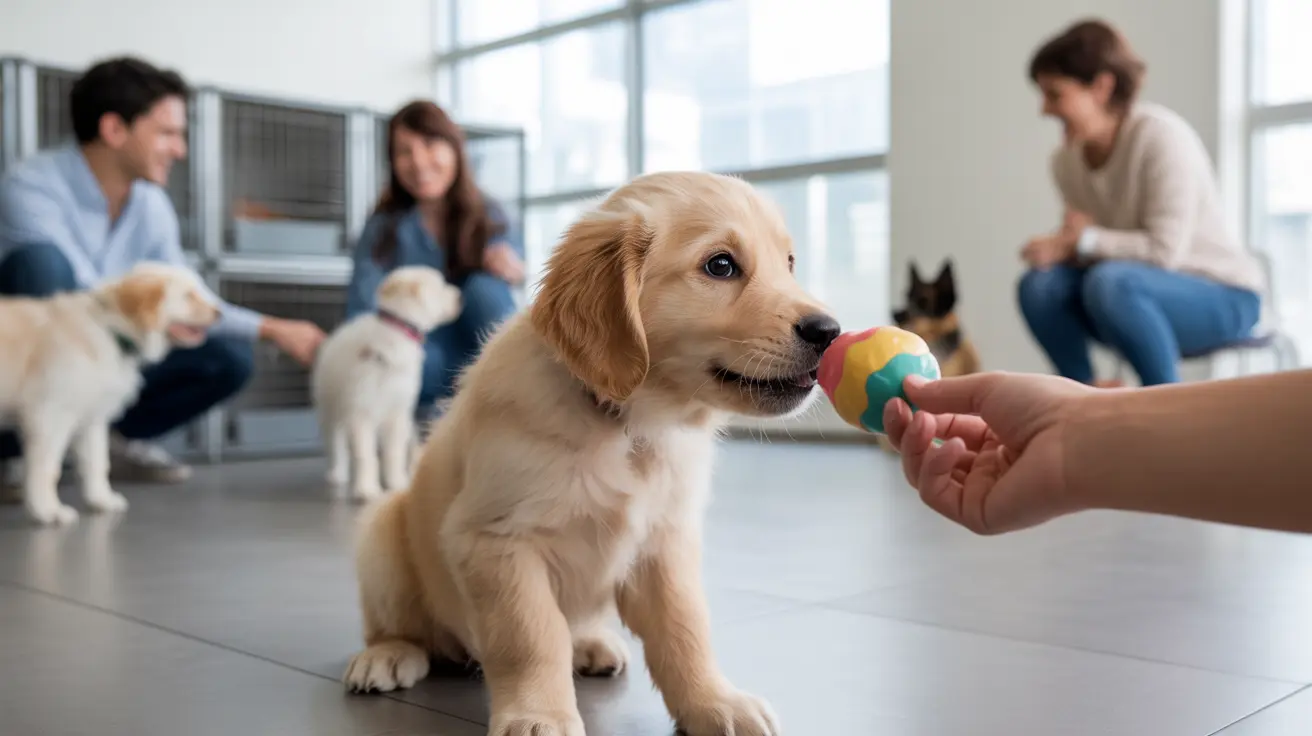Understanding How Dogs Perceive Time: What Does One Hour Feel Like?
Have you ever wondered what a single hour feels like to your dog? The answer isn't as simple as equating dog years to human years. While there's no direct clock conversion, science offers insight into how canines might perceive time shifting around them, especially in the context of their relationships with humans.
Dogs and the Perception of Time
Unlike humans, dogs don't have a conscious awareness of seconds, minutes, or hours. Their understanding of time is strongly influenced by routine, sensory input, and emotional states rather than a ticking clock.
- Sensory cues like light, noise, and particularly smell play a big role in how dogs detect time passing.
- Routine familiarity helps them anticipate daily events like feeding, walks, and your arrival home.
- Emotional attachment to humans conditions their response to absence and reunion—often mistaking short periods for long separations.
Research on Canine Time Perception
Scientific studies have shown that dogs can differentiate between short and long intervals. For example, they show more excitement when their owner returns after two hours than after 30 minutes. Their behavior becomes more anxious or stressed the longer they’re left alone, suggesting they do keep internal track of duration—just not in the way we do.
This ability may be related to what’s known as episodic-like memory, which allows dogs to remember recent experiences. That memory processing allows them to predict recurring situations even if they cannot read a clock.
Can Dogs Tell If One Hour Has Passed?
While we can't definitively say how long one hour feels to a dog, experts suggest that given dogs' faster physical and sensory processing, they may experience more within a given time frame than humans do. This means an hour might feel longer for them.
Evidence from behavior patterns, such as increased anticipation or anxiety over time, as well as biological processing differences (like higher heart rate and moment-to-moment awareness), supports the theory that dogs feel time pass quickly when stimulated—or slowly when lonely or bored.
Smell and Passage of Time
One particularly fascinating theory involves a dog’s sense of smell. It's been hypothesized that since smells dissipate at known rates, dogs might use scent intensity to track how long someone has been away.
For instance, a dog may associate a fading human scent with a certain amount of time since the person left. This means their sense of time might heavily depend on environmental cues, particularly odor.
Dogs’ Social Attachment Alters Perception of Time
One important element in appreciating dogs’ experience of time is their relationship with their human caregivers. Dogs have been bred to bond with humans strongly, often viewing them as a secure base similar to how infants see their mothers.
When left alone, dogs with a secure attachment to their owner may show signs of stress or separation anxiety. Their dependence and trust mean they’re particularly attuned to your presence—and absence. A one-hour separation may feel like a much longer emotional gap depending on that individual dog’s level of attachment and routine.
How Dogs Demonstrate Time Recognition
- Separation anxiety develops more with longer absences, suggesting recognition of lengthening time apart.
- Increased excitement on return shows that the dog evaluated the duration since last contact.
- Anticipation of events such as walks or meals at regular times points to behavioral recognition of cyclical temporal patterns.
Conclusion
Although dogs don't read clocks or mentally track minutes, they possess a rich, emotionally-driven mechanism for perceiving time rooted in routine, scent, emotion, and memory. While it’s not mathematically precise, research suggests that an hour to a dog—especially when emotionally invested in their caregiver—might feel like a significantly longer stretch.
The takeaway for dog owners? Be mindful of your dog’s sensitivity to absence. Providing stimulation, reassurance, and consistency can help regulate their unique experience of passing time.





